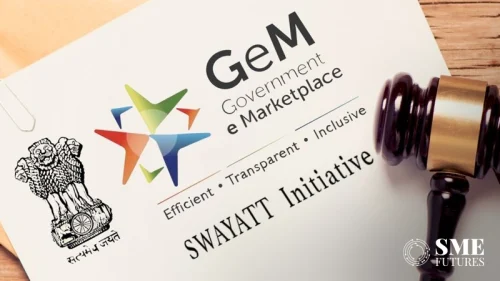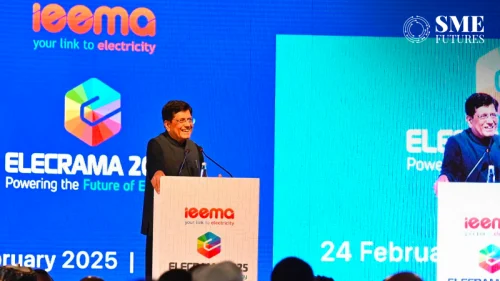In the digital space, cookies have been one of the most important sources of tracking and targeting users for digital advertising for decades. However, in January this year, Google announced the phasing out of support for third-party cookies in Chrome within two years. To understand the implications of the step, digital advertising solutions company, Aroscop surveyed 450 industry leaders representing brands, advertisers, publishers, and technology providers in India.
Aroscop, collated the results and insights into a report called “The CookieLess Future – Fears, Opportunitiesthe Way Forward.” A key insight that emerged was that the industry looks largely unprepared for the challenges to come once the 3rd party cookies completely faded away.
Most of the respondents predicted that frequency capping, personalization, behavioral targeting, and retargeting would suffer severe or major effects in the post-cookieless era. Other digital advertising strategies wouldn’t go unaffected as well. Meanwhile, only 8 percent of the participants said that they had shifted to alternate solutions. As many as 35 percent told they are actively looking out for options.
Despite the growing importance, only 13 percent of participants were employing their first-party data in their advertising and marketing strategies.
While talking about the 3rd party cookies, founding member, Aroscop, Arjun Som, said, “The 3rd party cookies are not the most sophisticated form of tracking and targeting users in the programmatic space. Most often, they are not integrated with the 1st party data, so your advertisements may still appear before users who have already made purchases making your campaigns redundant and costly.” He further stated that the era of one-to-one targeting might be over. The advertisers, publishers, and technology providers need to come together to create cohort-based advertising solutions in the future.
“What about users who have the purchase intent but have not yet visited your website? How do we reach out to those users? At Aroscop, we are creating a product that can help advertisers gauge customer intent across the web by marrying the intent based on the first-party data with the content consumption pattern of the users and essentially place the product advertisements before the user when they have the intent to buy it,” Arjun said.
During a panel discussion in the presence of Sachin Vashishtha from PaisaBazaar, Amit Tiwari from Havells, Abhishek Shah from Bharatpe, and Jose Leon from Indigo Consulting, Arjun Som brought forth some of the key issues with the third-party cookies, and their efficacy in tracking and targeting users in programmatic advertising.
The panel then discussed the alternative present in the advertising space, the value of first-party data, and how the industry is steadily moving away from 3rd party cookies and evolving to deliver more context and relevance driven advertising campaigns. Meanwhile, Som highlighted the initiatives that Aroscop is taking along with its partners to create full solutions around first-party datacookies to help marketers navigate the challenges ahead in the cookieless future.
The advertising solutions firm, Aroscop uses data science with proprietary advertising bidding technology to efficiently deliver highly targeted advertising in the right channel at the most optimum price to get the maximum value out of the client’s advertising spend. Aroscop’s platform offers digital advertisers complete flexibility, transparency, and control through their tools and features, which are at par with and in several areas superior to the best in the breed advertising technology platforms.
Some of the cutting edge features are – customized bidder as per the nature of demand, supply, audiences, and KPI, Private Data Management Platform (DMP) with advanced analytics services to integrate and enrich the 1st party data. There is also a variety of targeting and micro-targeting options – geo, device, browser, supply, and audience, and the flexibility to create custom audiences. The solution includes access to granular measurement and customized reporting, the flexibility of the engagement model from self-serve to a full-enterprise solution, and support for all creative formats.











